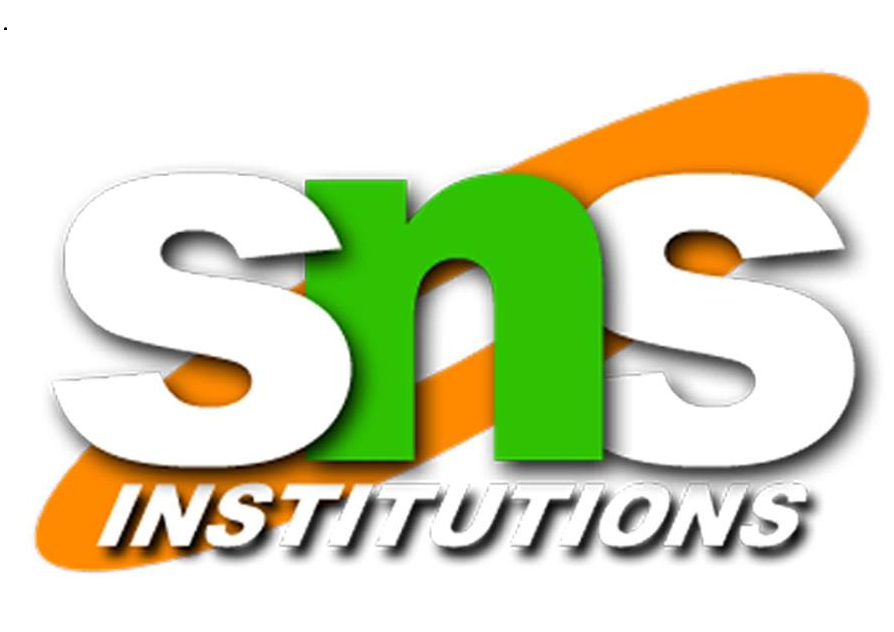
Basic concepts - concept of continuum - comparison of microscopic and macroscopic approach - Path and point functions - Intensive and extensive - total and specific quantities - System and their types - Thermodynamic Equilibrium State - path and process - Quasi - static - reversible and irreversible processes - Heat and work transfer - definition and comparison - sign convention - Displacement work and other modes of work - P - V diagram - Zeroth law of thermodynamics - First law of thermodynamics application to closed and open systems -steady flow processes and its applications.
Formation of steam and its thermodynamic properties - P-V, P-T, T-V, T-s, h-s diagrams. P -V-T surface - Use of Steam Table and Mollier Chart - Determination of dryness fraction using Throttling, Separating and Throttling - Application of I law for pure substances.
Second law of Thermodynamics - Statements of second law and its corollaries - Carnot cycle -Reversed Carnot cycle - Performance - Carnot theorem - Clausius equality inequality. Qualitative Treatment only: Concept of Entropy -T-s diagram -entropy change for pure substance - ideal gases - different processes - principle of increase in entropy - Applications of II Law exergy analysis and its applications
Ideal and actual Rankine cycles - Cycle Improvement Methods - Reheat and Regenerative cycles, Qualitative Treatment only: Economiser - preheater Superheater- Condenser- Cogeneration Introduction - Binary and Combined cycles.
Mole and Mass fraction - Daltons. Properties of gas mixture -Molar mass - gas constant - density. Properties of Ideal gas - Ideal and real gas comparison - Equations of state for ideal and real Gases - Reduced Properties - Compressibility Factor - Maxwell relations - Tds Equations - Difference and ratio of heat Capacities - Energy Equation - Joule -Thomson Coefficient - Clausius - Clapeyron equation and its applications.
Reference Book:
1. Moran, Shapiro, Boettner & Bailey "Principles of Engineering Thermodynamics:", Wiley & Sons, 2015. 2. Holman.J.P. "Thermodynamics", 3rd Edition, McGraw - Hill, 1995. 3. Rathakrishnan. E., "Fundamentals of Engineering Thermodynamics", 2nd Edition, Prentice - Hall of India Pvt. Ltd, 2006 4. Arora C.P, Thermodynamics, Tata McGraw - Hill, New Delhi, 2007. 5. Kau - Fui Vincent Wong, "Thermodynamics for Engineers", CRC Press, 2010 Indian Reprint.
Text Book:
1. Nag.P.K., Engineering Thermodynamics, 5thEdition, Tata McGraw - Hill, New Delhi, 2013. 2. Cengel. Y and M.Boles, "Thermodynamics - An Engineering Approach", 8th Edition, Tata McGraw Hill, 2014.
